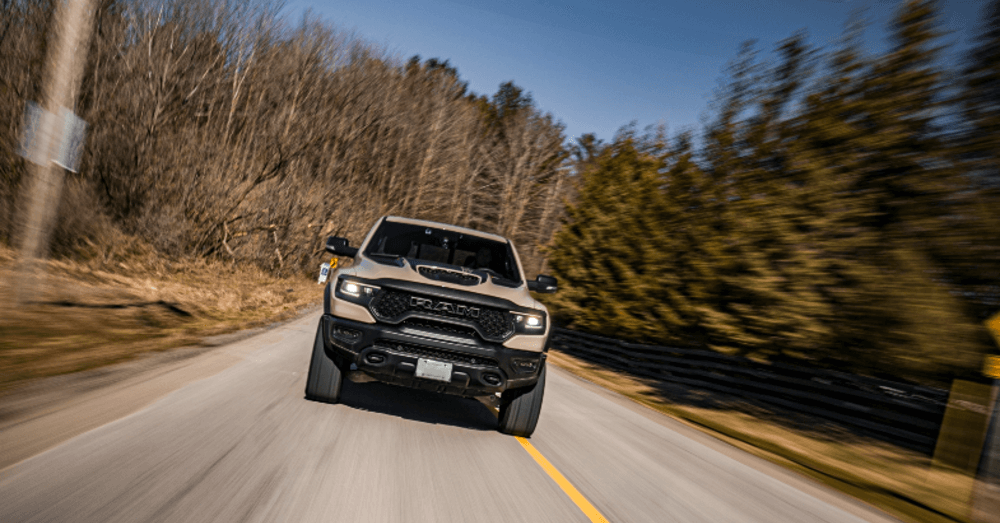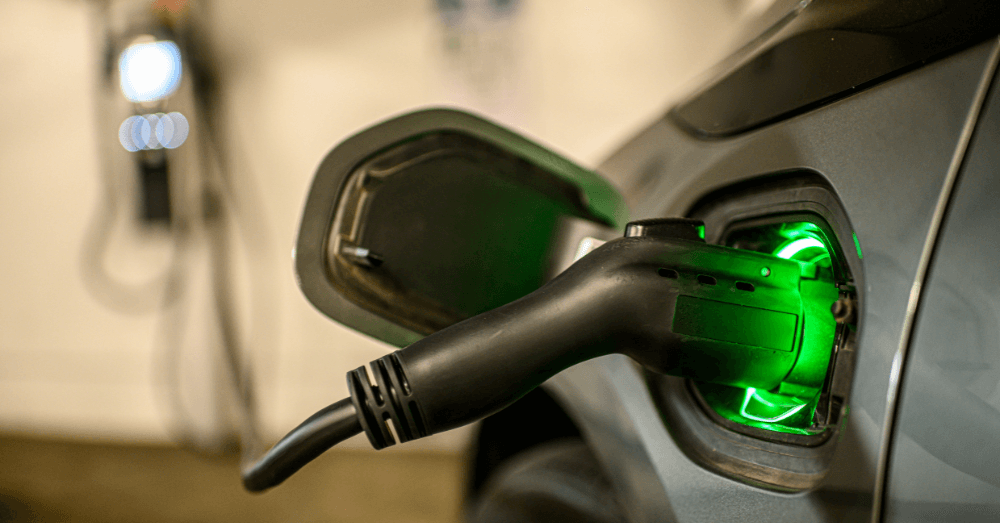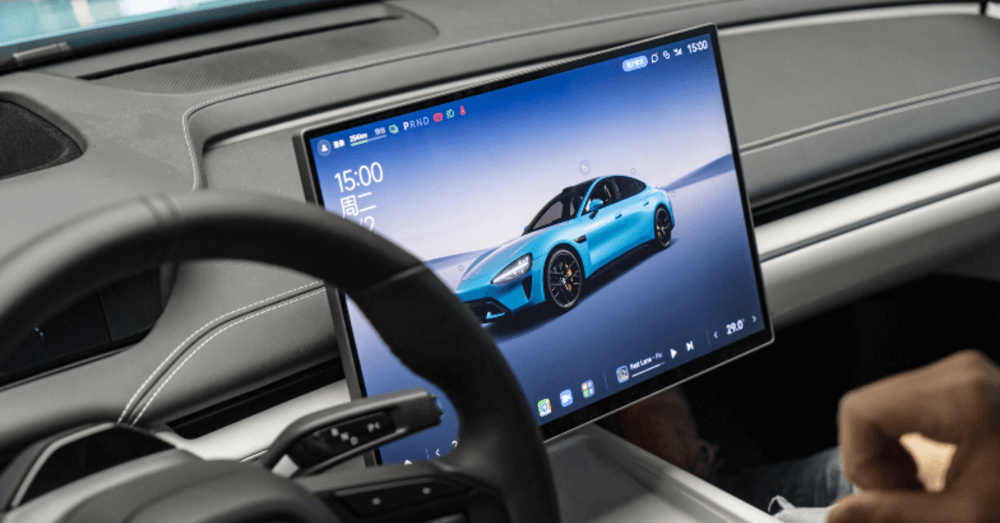When it comes to iconic automotive designs, few things capture the imagination quite like classic American cars. These vehicles are more than just machines; they are symbols of a bygone era, embodying the spirit of innovation, freedom, and individuality that defined mid-20th-century America. From the chrome-laden beauties of the 1950s to the muscle-bound powerhouses of the 1960s and 70s, classic American cars continue to fascinate car enthusiasts and casual admirers alike.
The Golden Age of Automotive Design
The 1950s marked the beginning of what many consider the golden age of American automotive design. Post-World War II optimism fueled an era of unprecedented innovation in the automotive industry. Cars became longer, lower, and wider, with extravagant use of chrome and fins. Models like the 1957 Chevrolet Bel Air and the Ford Thunderbird set the standard for style and luxury, with their sweeping lines and intricate details.
These cars weren’t just about looks, though. They represented a shift in American culture, where the car became a central symbol of freedom and prosperity. The open road beckoned, and Americans responded by embracing these rolling works of art as part of their identity.
The Muscle Car Era
The 1960s and 70s introduced a new chapter in the history of American cars: the muscle car era. As baby boomers came of age, the demand for high-performance vehicles soared. Manufacturers responded with a series of powerful, V8-driven beasts that would come to define the era.
The Ford Mustang, introduced in 1964, was the first of these muscle cars, and it quickly became an icon. Its success inspired a wave of competition, leading to the creation of legendary models like the Chevrolet Camaro, Dodge Charger, and Pontiac GTO. These cars weren’t just fast; they were affordable, making high-performance accessible to the masses.
The muscle car era was about more than just speed, though. It was a cultural phenomenon, closely tied to the rebellious spirit of the 1960s. The roar of a V8 engine became the soundtrack of a generation, and the sight of a muscle car tearing down the highway became an enduring symbol of American independence.
Classic American Cars Today
Today, classic American cars are more popular than ever. Car shows and auctions across the country attract collectors and enthusiasts who appreciate the craftsmanship and history of these vehicles. Restoring a classic car has become a labor of love for many, a way to preserve a piece of automotive history and keep the legacy of these iconic vehicles alive.
The value of classic American cars has also skyrocketed in recent years. Rare models, particularly those in original condition or with unique features, can fetch astronomical prices at auction. But for many, the real value of these cars lies in their connection to a simpler time, when driving was an experience to be savored and the car was a beloved member of the family.
The Legacy of Classic American Cars
The legacy of classic American cars is evident in modern automotive design. Many of today’s vehicles draw inspiration from the bold styling and powerful performance of their predecessors. Models like the Dodge Challenger and Chevrolet Camaro are direct descendants of the muscle cars of the 60s and 70s, updated for a new generation but still carrying the spirit of their forebears.
In a world where technology and efficiency often take precedence, classic American cars remind us of the joy of driving. They are a testament to a time when cars were more than just a means of transportation—they were an expression of personal style and freedom.
Whether you’re a seasoned collector or someone who simply appreciates the beauty of a well-designed machine, there’s something undeniably special about classic American cars. They represent a unique chapter in automotive history, one that continues to inspire and captivate car lovers around the world.





